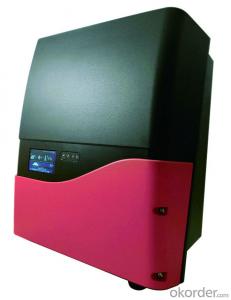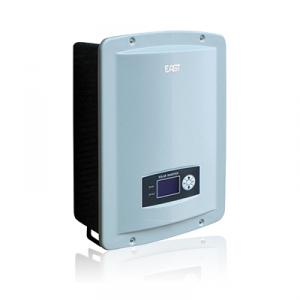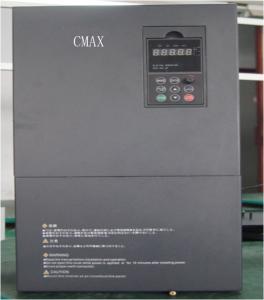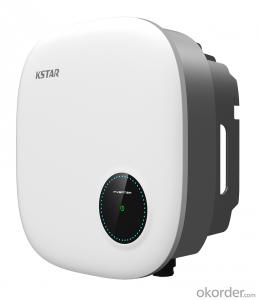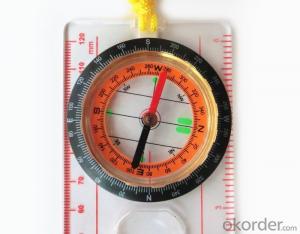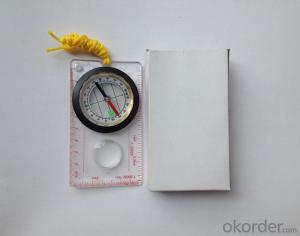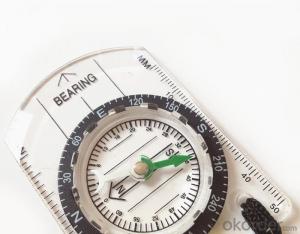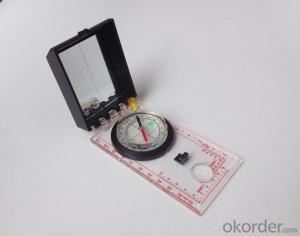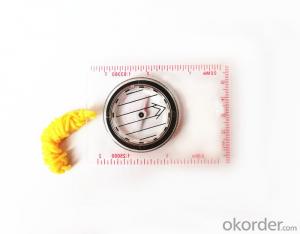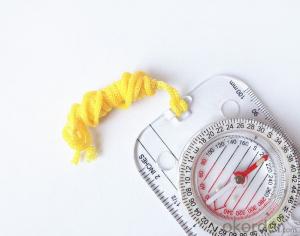T.A. Solar Inverter
T.A. Solar Inverter Related Searches
T Solar Inverter Ta Solar Inverter Tbea Solar Inverter Tata Solar Inverter Solar To Inverter Tbb Solar Inverter Taiwan Solar Inverter Alpha Solar Inverter Solar Solar Inverter Inverter Solar Tmeic Solar Inverter Tesla Solar Inverter Inverter With Solar Input The Solar Inverter Toshiba Solar Inverter Automatic Solar Inverter Inverter In Solar Ti Solar Inverter Ac Inverter Solar Tesla Inverter Solar Solar Ac Inverter Solar And Inverter Tesla Solar Power Inverter Inverter For Solar Smart Solar Inverter Titan Solar Inverter Advanced Energy Solar Inverter Smart Inverter Solar Solar Power To Inverter T Solar Inverter User ManualT.A. Solar Inverter Supplier & Manufacturer from China
T.A. Solar Inverter is a range of high-quality solar power conversion devices designed to optimize energy production and efficiency. These inverters are engineered to convert solar energy from photovoltaic panels into usable electrical power for residential, commercial, and industrial applications. They play a crucial role in harnessing the power of the sun and integrating it into the power grid or local power systems, ensuring a reliable and sustainable energy supply.The T.A. Solar Inverter is widely used in various scenarios, such as rooftop solar installations, solar farms, and off-grid power systems. These inverters are known for their robust design, high efficiency, and advanced features, making them a popular choice among solar energy enthusiasts and professionals. They are capable of handling different solar panel configurations and can be easily integrated into existing or new solar power systems, providing a seamless transition to clean and renewable energy.
Okorder.com is a leading wholesale supplier of T.A. Solar Inverter, offering a vast inventory of these products at competitive prices. With a strong commitment to customer satisfaction, Okorder.com ensures that customers have access to a wide range of T.A. Solar Inverter models, catering to diverse energy needs and requirements. By partnering with Okorder.com, customers can benefit from their extensive experience in the solar industry and take advantage of their expertise in providing tailored solar solutions.
Hot Products





